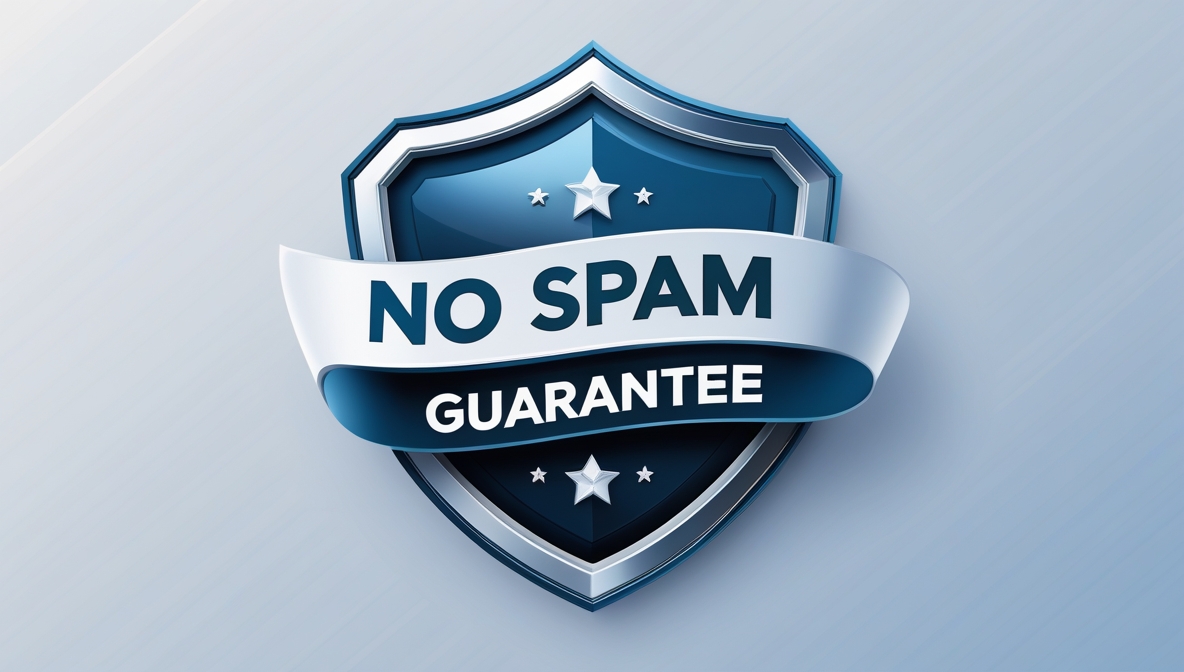This comprehensive enterprise architecture example demonstrates how an organization designed and implemented a full-scope EA to align IT systems, governance, and infrastructure with long-term strategic goals. It details current and future states, gap analyses, IT standards, governance models, and multi-year planning initiatives.
This enterprise architecture (EA) example offers a comprehensive, real-world model for aligning IT capabilities with organizational strategy. Originally developed in a resource-constrained organization, it goes beyond abstract frameworks to show how enterprise architecture can be applied practically—across data, applications, technology, and IT management.
This complete EA Example includes a full current-state assessment, future-state vision, standards, governance structures, training requirements, and a five-year implementation roadmap. It also addresses common CIO challenges such as fragmented systems, lack of strategic alignment, limited staffing, and decentralized decision-making.
Whether you're building an EA from scratch or evolving an existing one, this example provides a credible foundation for action. It’s particularly valuable for leaders operating in complex environments with flat budgets and high expectations.
This is a real-world enterprise architecture model designed to align IT with strategy, modernize infrastructure, and deliver measurable organizational impact. This EA example helps CIOs and architects turn strategy into structure. It offers a full-scope, standards-based model that guides technology decisions, improves governance, reduces fragmentation, and supports long-term planning—especially in organizations with tight resources and high expectations.
What Is This Example?
This is a complete, field-tested enterprise architecture (EA) implementation. It covers every EA domain—data, applications, technology, and IT management—with clear alignment to strategic goals and organizational mission. This isn’t theory—it’s a full-scope EA blueprint put into action.
Why You Should Trust It
This EA example reflects over a decade of planning, iteration, and real-world constraints. It was built and evolved inside a working business, with limited resources, tight budgets, and growing digital demands. The result: a pragmatic, standards-driven, and mission-aligned architecture ready for adaptation.
Why This Example Matters
IT in organizations often grows in silos—fragmented systems, underused tools, inconsistent governance. This architecture shows how to bring it all together:
- Define a unified technology vision
- Eliminate duplication and waste
- Make IT decisions that support—not distract from—your strategic priorities
What Makes It Different
Most EA resources stop at frameworks or ideal-state diagrams. This one includes:
- A full current-to-future state transition plan
- Practical IT standards and governance practices
- Resource-aware staffing and project planning
- A built-in five-year initiative roadmap
It's not just about design—it’s about execution in the real world.
How to Use This Example
Use this EA example to:
- Build or refine your own enterprise architecture
- Align IT investments with organizational priorities
- Benchmark governance, standards, and training
- Guide modernization in organization
- Support funding, risk mitigation, and strategic planning
What It Helps You Deliver
- A full-scope EA document and structure
- A defined current/future state IT environment
- Gap and impact analyses for planning
- Standards for data, technology, and applications
- Governance and training models to sustain EA over time
What You Can Do With It
- Streamline systems and cut tech debt
- Improve cross-functional collaboration
- Justify IT investments with strategic rationale
- Implement governance without bureaucracy
- Modernize infrastructure without losing mission alignment
This example is a strategic and actionable tool for CIOs, IT leaders, and enterprise architects.

